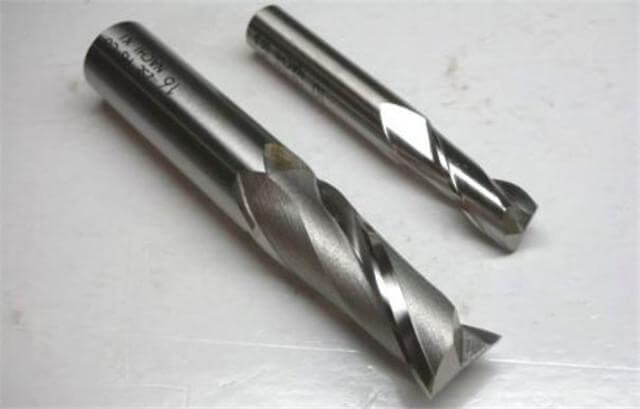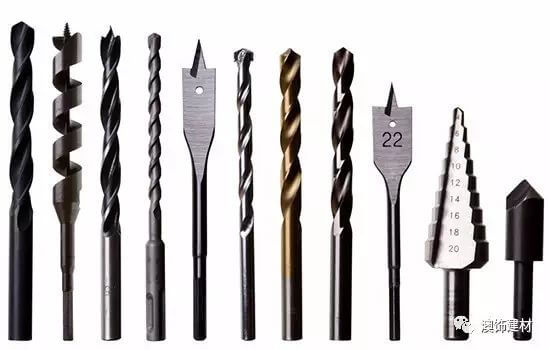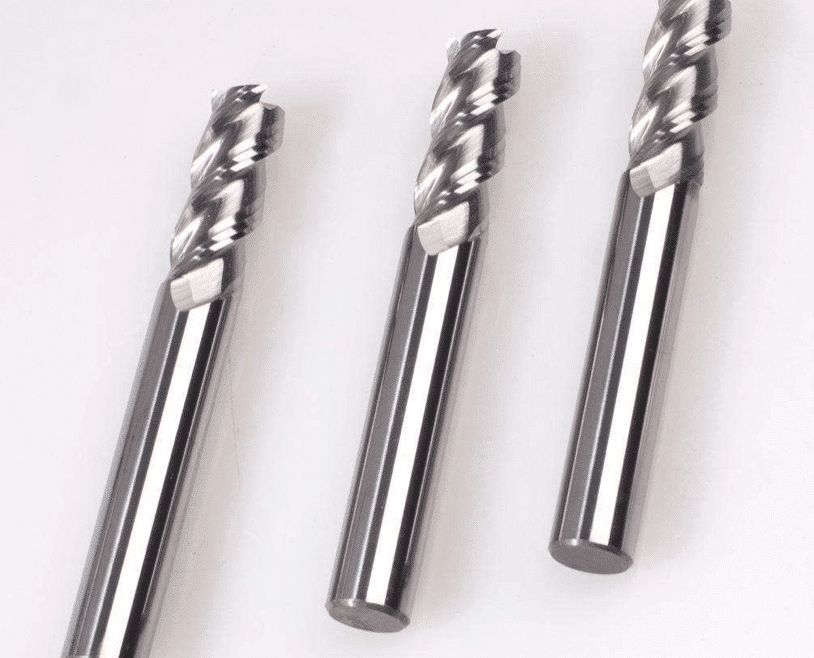A Comprehensive Guide to Using Your Tool
Tool deflection is one of the common challenges in CNC machining. It causes machine chatter, ruins the surface finish of machined parts, affects dimensional accuracy, etc., and has an impact on machining kits.
Usually, the tool is firmly placed in the chuck, but during operation, the reaction force of the material often exceeds the operating force of the tool, pushing or deflecting the tool in an unexpected direction. However, accuracy, surface finish, and CNC machining operations depend to a certain extent on tool alignment.
Therefore, if tool deflection occurs, it can lead to various errors in the CNC machining process. That is why it is important to fully understand what tool deflection is, the causes of deflection, and strategies to reduce deflection. This article will take you to explore and solve this problem.
1.Overview of Tool Deflection and Its Impact on CNC Machining
As the name suggests, tool deflection is when the tool deviates from the expected alignment. CNC machining tools are clamped between the chucks in a cantilever position. This means that one end of the tool is fixed in the chuck, while the other end of the tool is free or cantilevered. Since the tool always applies force to the workpiece during CNC machining operations, the workpiece material also provides resistance. In addition to resistance, CNC tools are also subject to different operating forces, so if the tool rigidity cannot withstand external forces, the tool will deviate from its set alignment position.

2.Tool deflection will definitely cause the following errors in CNC machining:
- Catastrophic failure of the tool or workpiece
- Loss of tool life
- Dimensional inaccuracies
- Rough surface or possible surface damage
3.Strategies to prevent or reduce tool deflection
While tool deflection cannot be 100% avoided, it can still be reduced by adopting some strategies and tactics. CNC machinists can adopt the following time-tested strategies to reduce tool deflection while working.
1) Minimize overhang length
The distance between the gripping point of the CNC tool and the operating tip of the tool is called the overhang length. Since the tool is installed in the form of a cantilever beam, it is always subject to bending stress and external vertical and horizontal forces. According to the load stress theory of the cantilever beam, the shorter the overhang length, the less the bending stress effect. Based on this concept itself, minimizing the overhang length of the tool helps to reduce tool deflection.

2) Enhance Tool Core Strength
The core strength of a tool depends on its flute length and extension. The difference between flute length and extension determines the rigidity of the core. Therefore, for radially consistent CNC machining operations, long flute tools perform well. If the core diameter is kept thicker, more material wall is available to absorb shear stress, so the core strength and rigidity will eventually increase.
3) Enhance Tool Rigidity
Typically, CNC machining tools are made of high-speed steel (HSS). High-speed steel is suitable for machining operations, but HSS tools tend to deform when subjected to higher stress loads. Carbide tools are a better solution than HSS tools because carbide is 3 times more rigid than HSS. However, carbide is a brittle material that can be used to reduce deformation. If carbide tools are used, operators need to pay attention to whether the tool breaks.
These are strategies to reduce tool deflection during CNC machining. However, a quality CNC machine, quality tools, and experienced operators can ultimately help reduce tool deflection.
